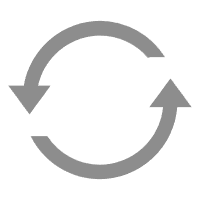What to do if there is dust accumulation in the industrial chiller CW3000?10 seconds to help you solve this problem. First, remove the sheet metal, then use an air gun to clean the dust on the condenser. The condenser is an important cooling part of the chiller, and periodic dust cleaning is conducive to stable cooling. Follow me for more tips on chiller maintenance.



